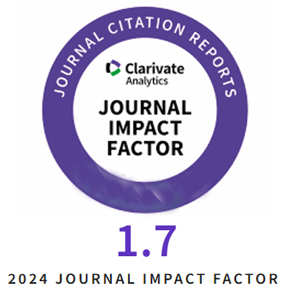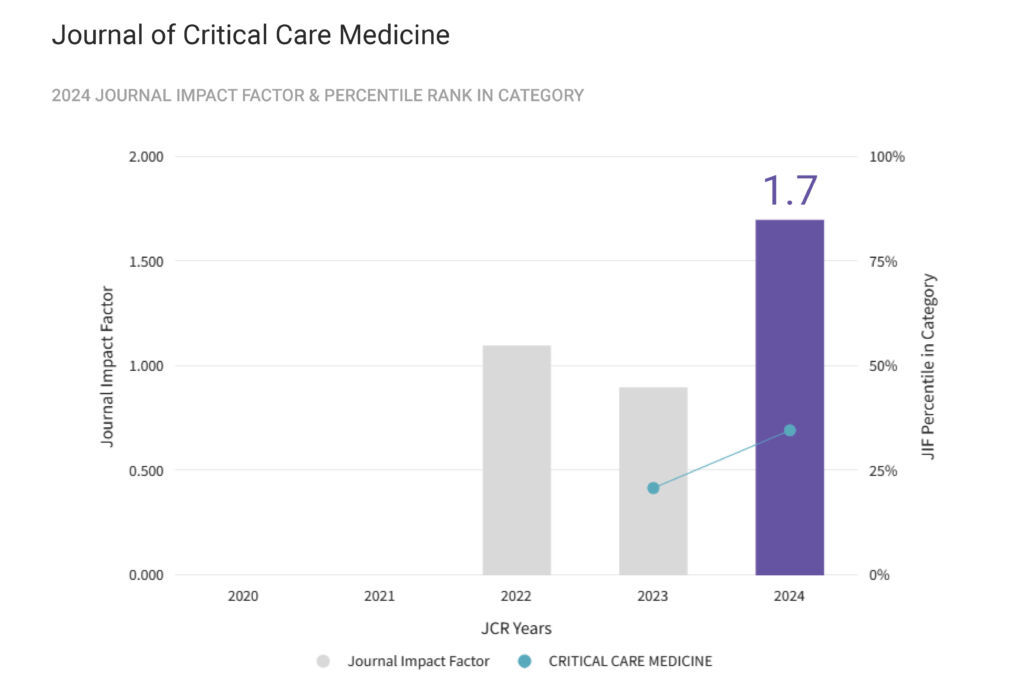Background: Critically ill patients experience metabolic alterations that promote muscle atrophy and protein catabolism, increasing morbidity and mortality. While adequate protein provision is essential, the optimal timing remains controversial. Guidelines recommend higher protein targets, but evidence from randomized controlled trials is limited and inconsistent.
Aim: To evaluate the effects of early versus late protein supplementation on mortality, complications, and clinical outcomes in critically ill patients.
Methods: A systematic review and meta-analysis were conducted using PubMed, Embase, Cochrane Library, and Google Scholar (January 2010–December 2022). Studies comparing early and late protein administration in adult ICU patients were included. Primary outcomes were mortality, infectious complications, overall complications, pneumonia, ICU/hospital length of stay, and mechanical ventilation duration.
Results: Thirteen studies (8 RCTs, 3 retrospective, 2 prospective cohorts) involving 10,672 patients were analyzed. Mortality (RR = 0.87, 95% CI: 0.74–1.04, p = 0.11; I² = 36%), overall complications (RR = 0.87, 95% CI: 0.74–1.02, p = 0.08; I² = 26%), infectious complications (RR = 0.86, 95% CI: 0.58–1.27, p = 0.37; I² = 65%), and pneumonia (RR = 0.78, 95% CI: 0.41–1.48, p = 0.34; I² = 0%) showed no significant differences between early protein (EP) and late protein (LP) groups. EP significantly reduced ICU length of stay (MD = –0.28 days, 95% CI: –0.33 to –0.23, p < 0.00001; I² = 99%) and mechanical ventilation duration (MD = –0.66 days, 95% CI: –0.90 to –0.41, p < 0.00001; I² = 85%), but was associated with a longer hospital stay (MD = 0.47 days, 95% CI: 0.31–0.63, p < 0.00001; I² = 98%).
Conclusion: Early protein supplementation does not significantly affect mortality or major complications but may shorten ICU stay and ventilation duration. High heterogeneity for some outcomes warrants cautious interpretation.
Tag Archives: ICU outcomes
Age-related differences in sepsis outcomes: A comparative analysis of elderly and very elderly ICU patients
Background: The rapid aging of the global population has amplified the clinical and economic burden of sepsis, a leading cause of morbidity and mortality in the elderly. Within this demographic, the “very elderly” (≥80 years) represent a particularly vulnerable subgroup. This study evaluates and compares the outcomes and prognostic factors of elderly (65–79 years) and very elderly ICU patients with sepsis or septic shock.
Methods: A retrospective observational study was conducted in a single-center ICU, including 251 patients aged ≥65 years diagnosed with sepsis or septic shock. Patients were categorized as elderly (65–79 years, N=162) or very elderly (≥80 years, N=89). Data on demographics, comorbidities, laboratory results, infection sources, treatments, and outcomes were collected. Prognostic factors for mortality were analyzed using binary logistic regression.
Results: The very elderly group exhibited higher rates of dementia, immobility, and fungal infections, while malignancy was more prevalent in the elderly group. ICU length of stay was longer in the very elderly group (median 8 vs. 6 days, P=0.027). ICU mortality was lower in the very elderly group, showing a trend toward significance but not reaching statistical significance (70.8% vs. 82.1%, P=0.056). Shared predictors of mortality included higher SOFA scores, malignancy, hospital-acquired sepsis, invasive mechanical ventilation, and acute kidney injury.
Conclusion: This study highlights differences in sepsis outcomes between elderly and very elderly patients. The findings underscore the importance of developing and implementing age-specific management strategies to improve outcomes in these high-risk populations. These insights contribute to a more tailored and effective approach to geriatric critical care.










